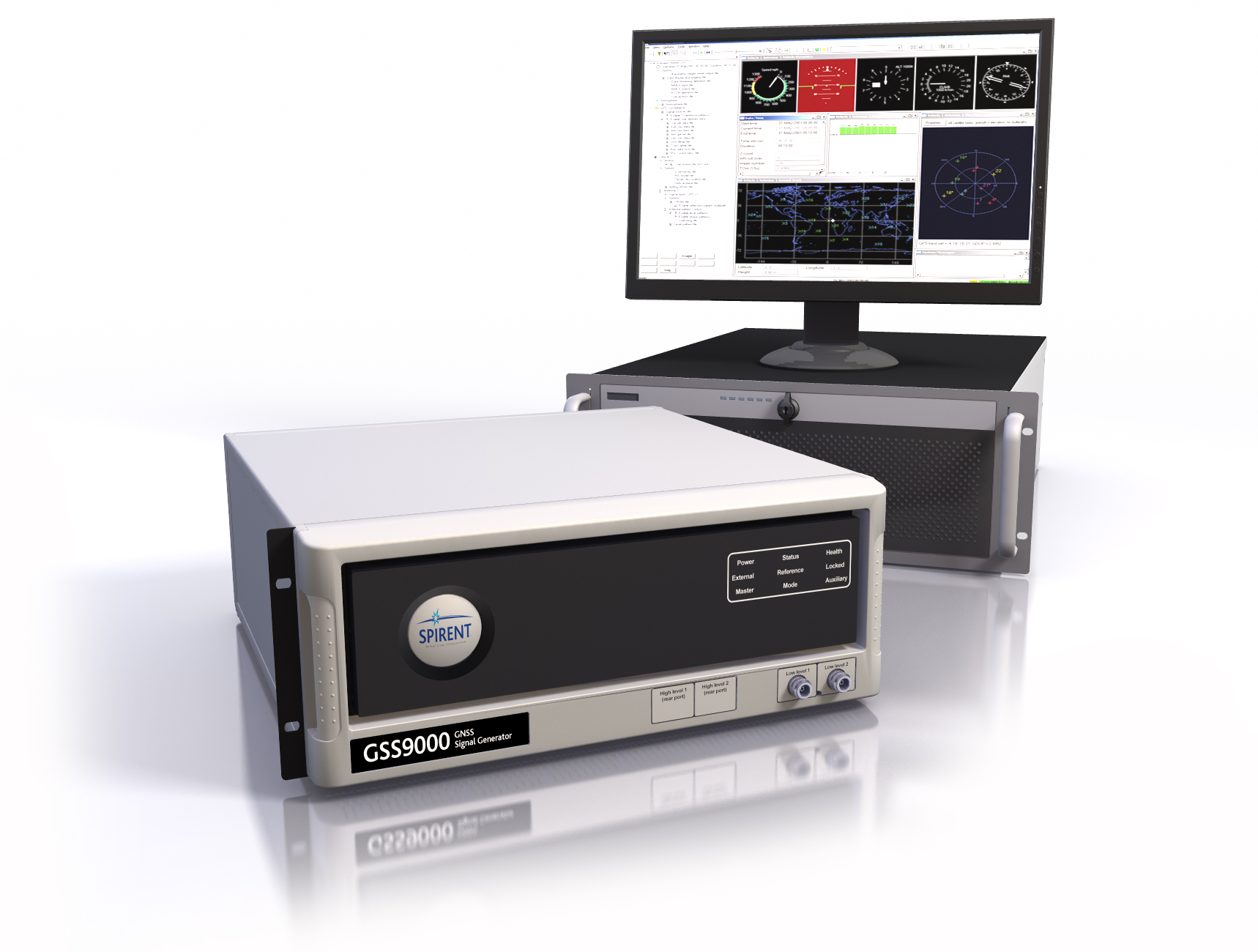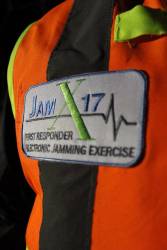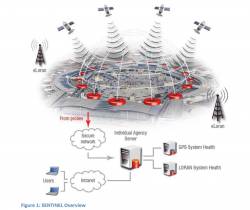The need for smart devices to have a highly accurate self-awareness of their own location, and the location of other smart devices around them is becoming increasingly important. Many devices rely on a singular location technology (typically GPS), which is one type of the wider eco system of GNSS. These systems, while becoming more capable, still suffer at times from the deployment environment, typically in urban areas where buildings and other cityscape features interfere with the signal.
With this in mind, GNSS testing solutions provider Spirent Communicationshas received funding from Innovate UK to help research sensor fusion.The Enhanced Assured Location Simulator Leveraging WiFi and GNSS Sensor Fusion (ELWAG) project will develop better testing to assure position accuracy. Spirent will be working with project partners WMG, University of Warwick and Chronos Technology Ltd. on the project, which will last 18 months.
These urban areas at risk for interference are where most of us need to know our location to the highest level of accuracy due to increasing population or device density. WiFi signals though exist almost universally within these situations or dense urban areas and so there is a possibility of “fusing” these signals with the GNSS signals to identify one’s location very accurately. However, for the concept of a hybrid WiFi and GNSS system to be further developed, manufacturers need to be able to test such technology in a cost effective, repeatable and safe environment. This project aims to produce a representative and assured WiFi simulator that can be used for lab based device testing and evaluation as well as performance and operational capabilities.
The IV Connectivity Group plays a significant role in the ELWAG project, by taking physical layer measurements of both WiFi and GNSS signals in autonomous vehicle scenarios, in and around the University of Warwick campus and the local urban road network. These measurements assist in Spirent’s development of an RF propagation model that overlays RF effects on their WiFi Access Point simulator. WMG researchers will then perform RF validation and verification activities around the developed model, to provide a level of assurance on its performance.
The safety and functional assurance of future autonomous vehicles will be one of the many critical paths to large consumer adoption. Through this project, WMG will contribute towards providing innovative solutions to the challenges of using sensor fusion in this testing context. Additionally, as this is a highly technical project, a holistic understanding of the signal propagation characteristics between Satellites, Infrastructure and Vehicles is required. Hence, the results will also impact future autonomous testing methodologies.
GNSS offers the opportunity for providing highly accurate position determination and developers are keen to exploit the additional performance offered through “fusing” location information from multiple sensors. Complementing GNSS accuracy with a microelectromechanical systems (MEMS) inertial sensor, which is always available, and WiFi which also has good availability and accuracy but lacks integrity, results in a fused solution that has higher accuracy, availability and integrity than any of the primary sources.
For hybrid Wi-Fi and GNSS receivers to be developed, manufacturers need to verify their performance in a cost effective, repeatable and safe environment. The aim of the project is to develop RF modelling techniques so GNSS and Wi-Fi signals can be simulated in a development lab with sufficient quality to assure manufacturers the results are accurate.
“Currently Wi-Fi access point (AP) plus GNSS simulation can only be achieved in an adhoc manner and this does not allow for the testing of moving vehicles, multipath effects, insertion of data errors, spoofing and above all controlled, repeatable testing,” said Mark Holbrow, director of engineering and product development at Spirent’s Positioning Business Unit. “In the autonomous vehicle sector location accuracy can vary by up to 5 meters, which is un-acceptable from a safety perspective. Improving that accuracy to 30 centimeters through sensor fusion will have substantial implications for autonomous navigation.”
Dr. Matthew Higgins, Associate Professor in the Intelligent vehicles group at WMG, University of Warwick, commented: “The safety and functional assurance of future autonomous vehicles will be one of the many critical paths to large consumer adoption. Through this project, we will contribute towards providing innovative solutions to the challenges of using sensor fusion in this testing context.”
Dr. Erik Kampert, Senior Research Fellow at WMG, added “This is a highly technical project, which will require a holistic understanding of the signal propagation characteristics between Satellites, Infrastructure and Vehicles. The results will impact future autonomous testing methodologies”.
Prof. Charles Curry, Founder and MD of Chronos Technology Ltd., commented “Chronos is delighted to be part of the ELWAG project, adding our expertise to the field testing of the real world WiFi and GNSS environments and development of future-mobility multi-input navigation systems.”






